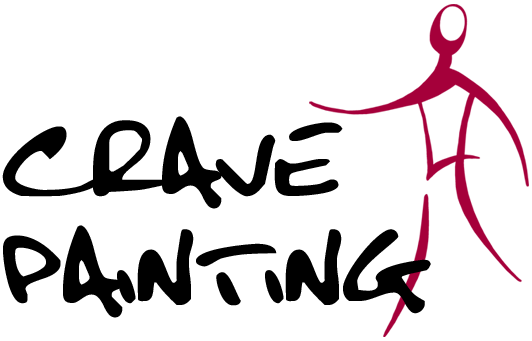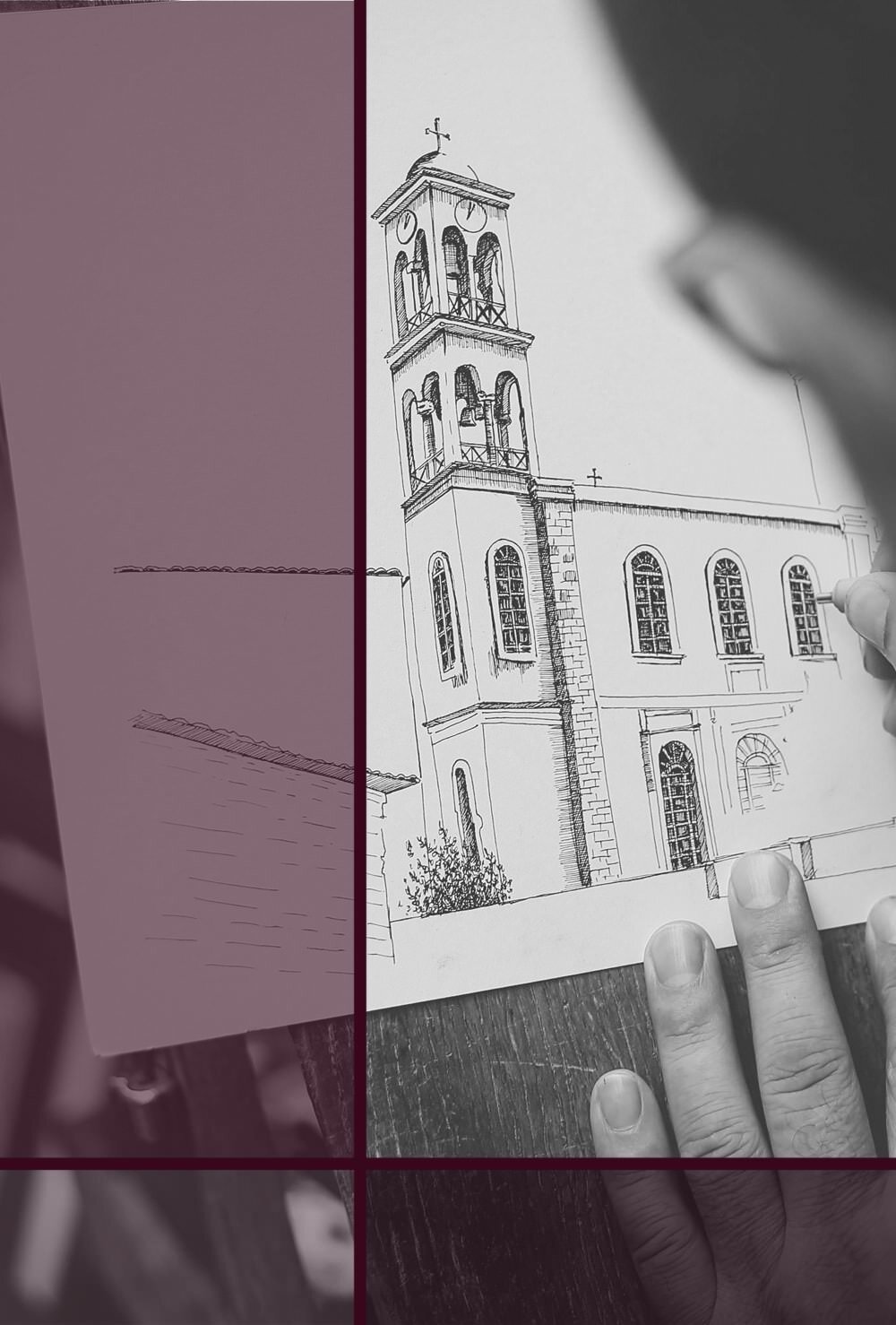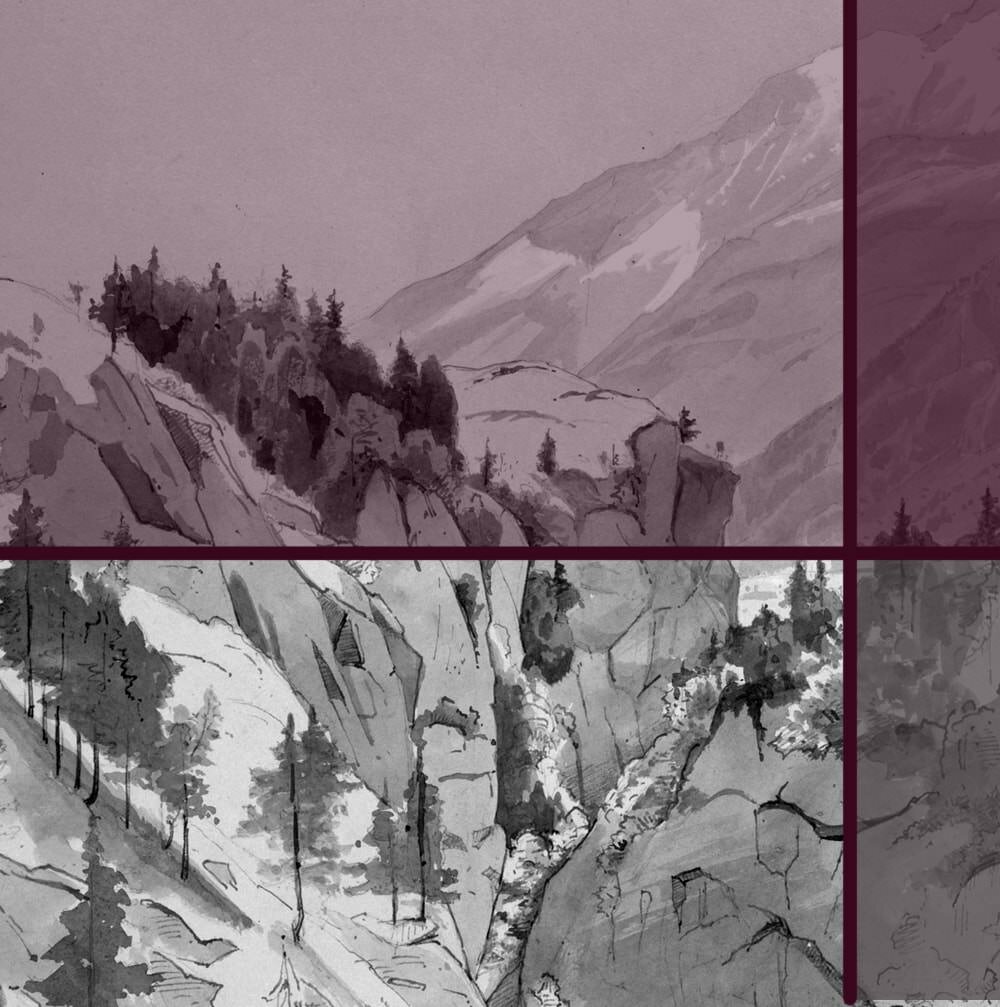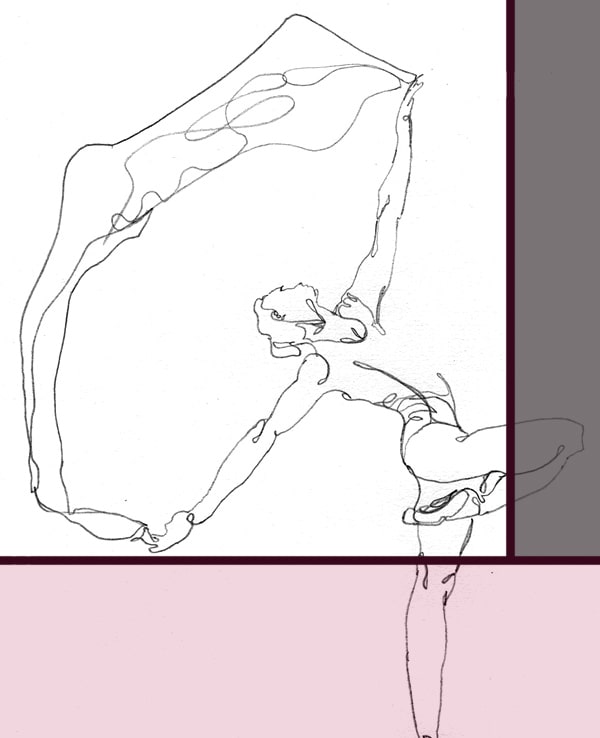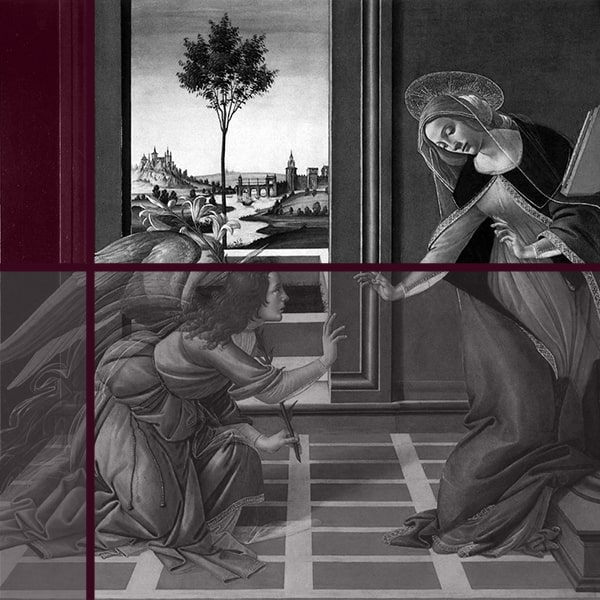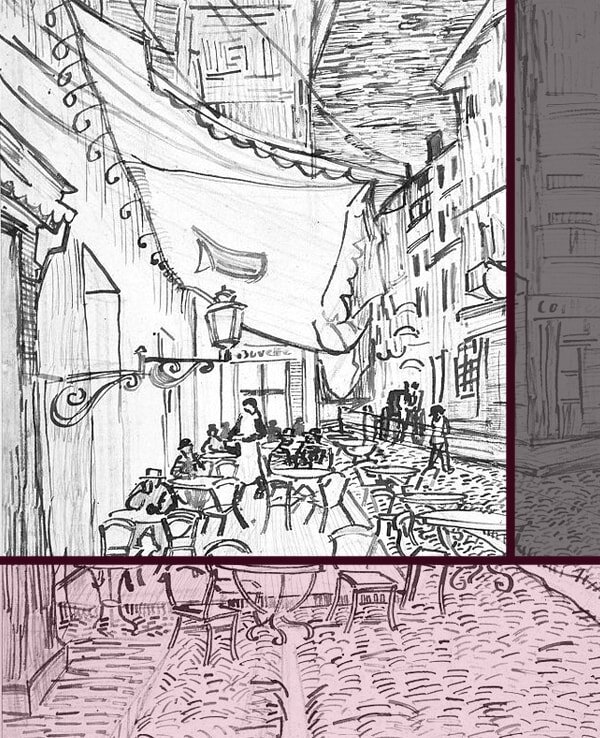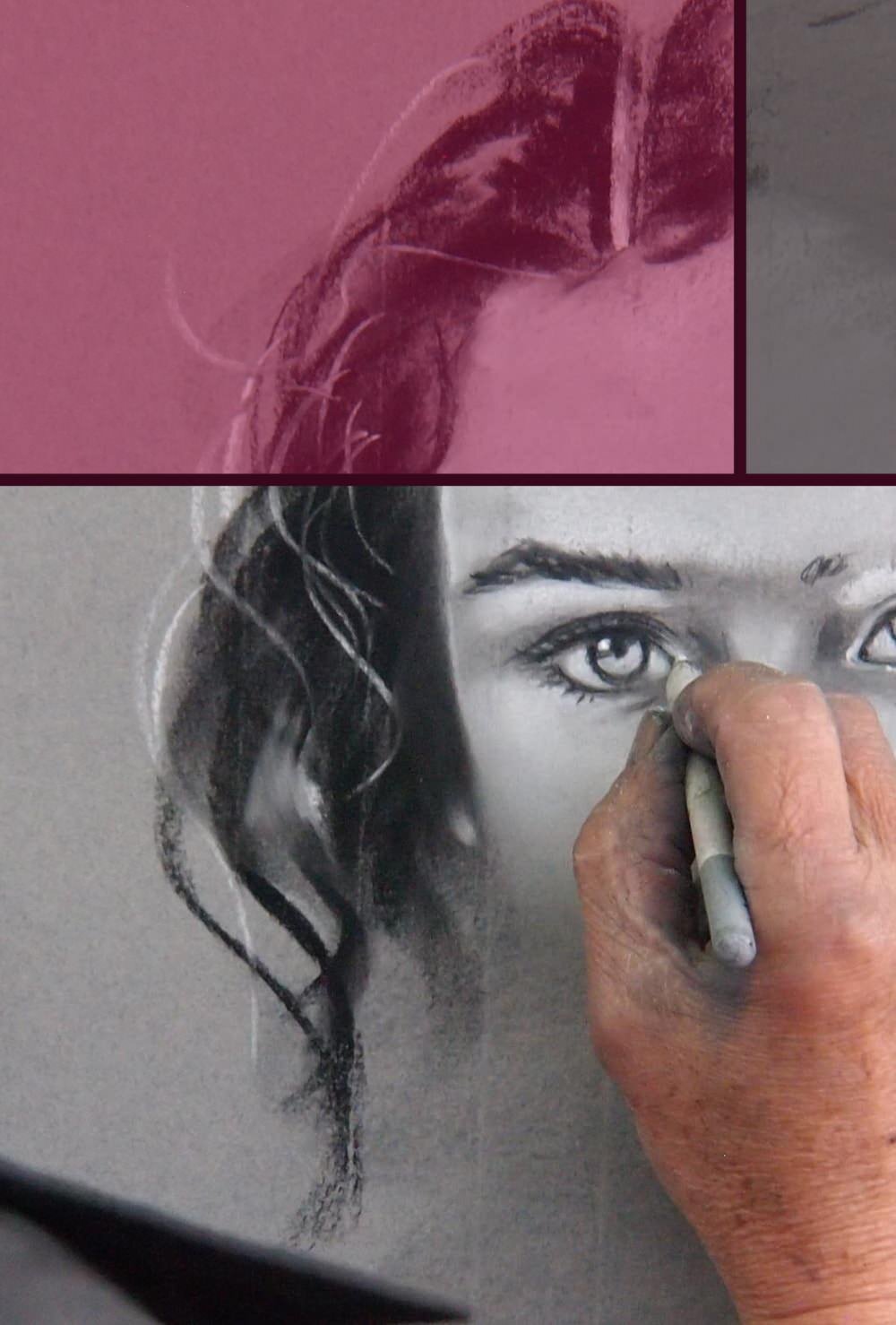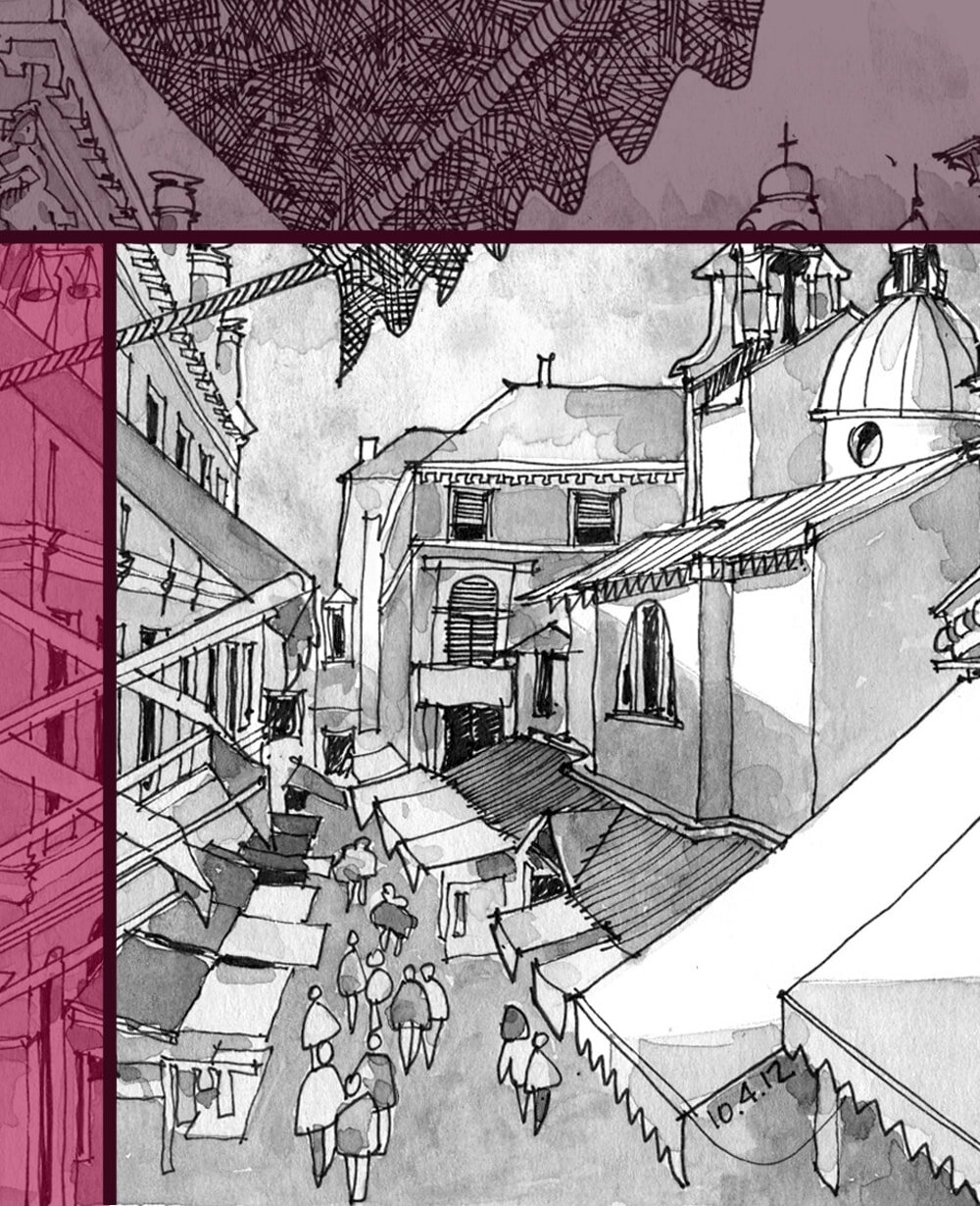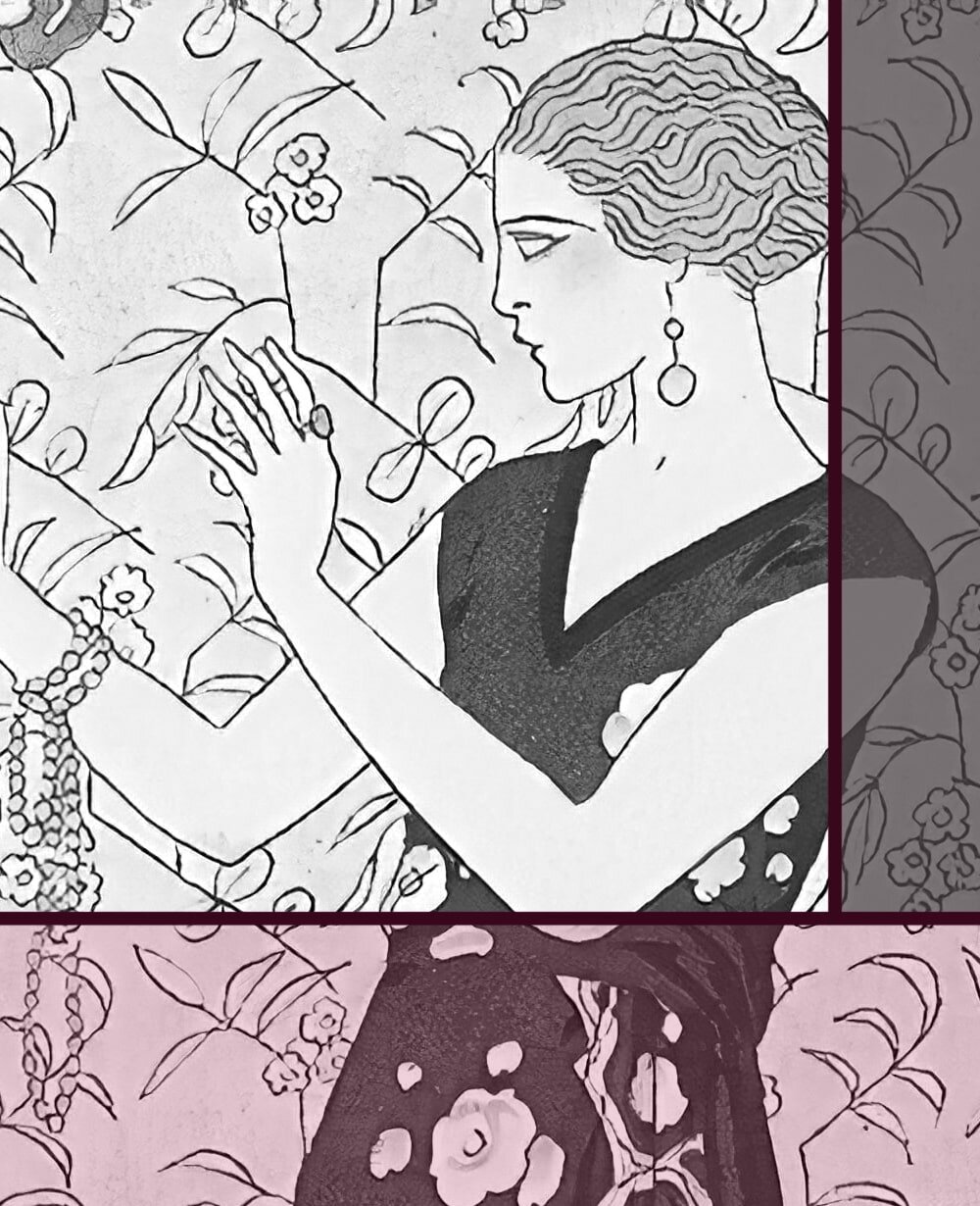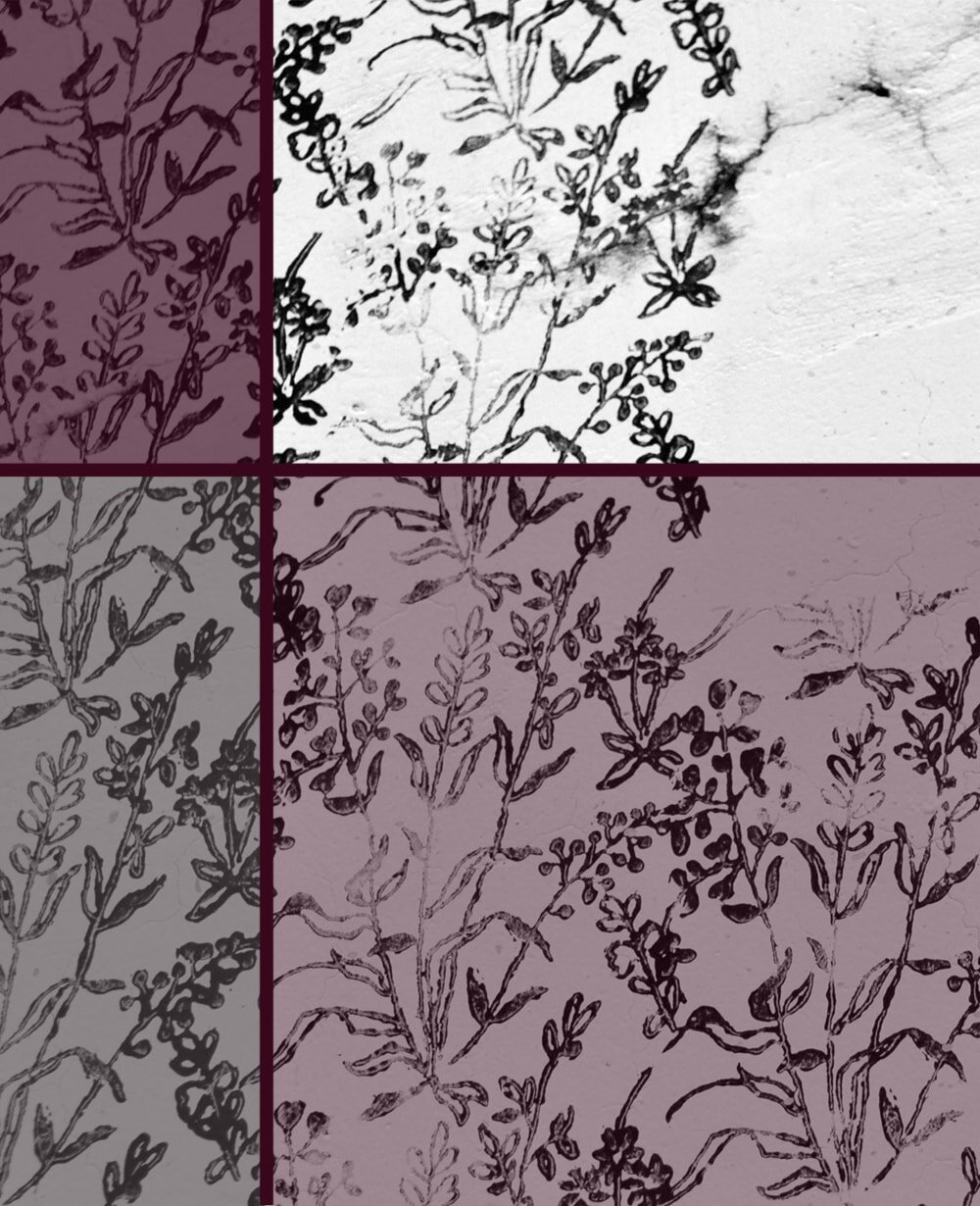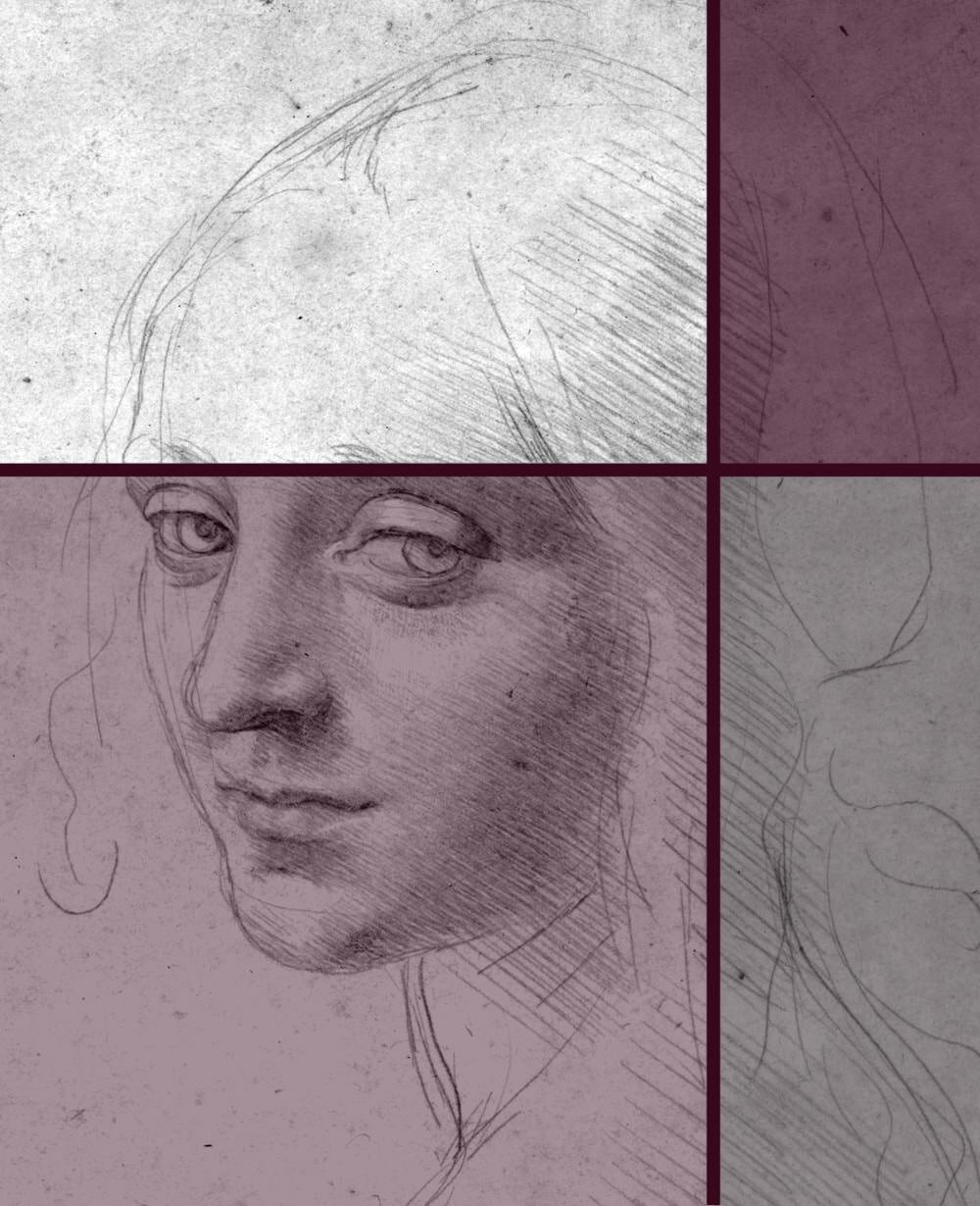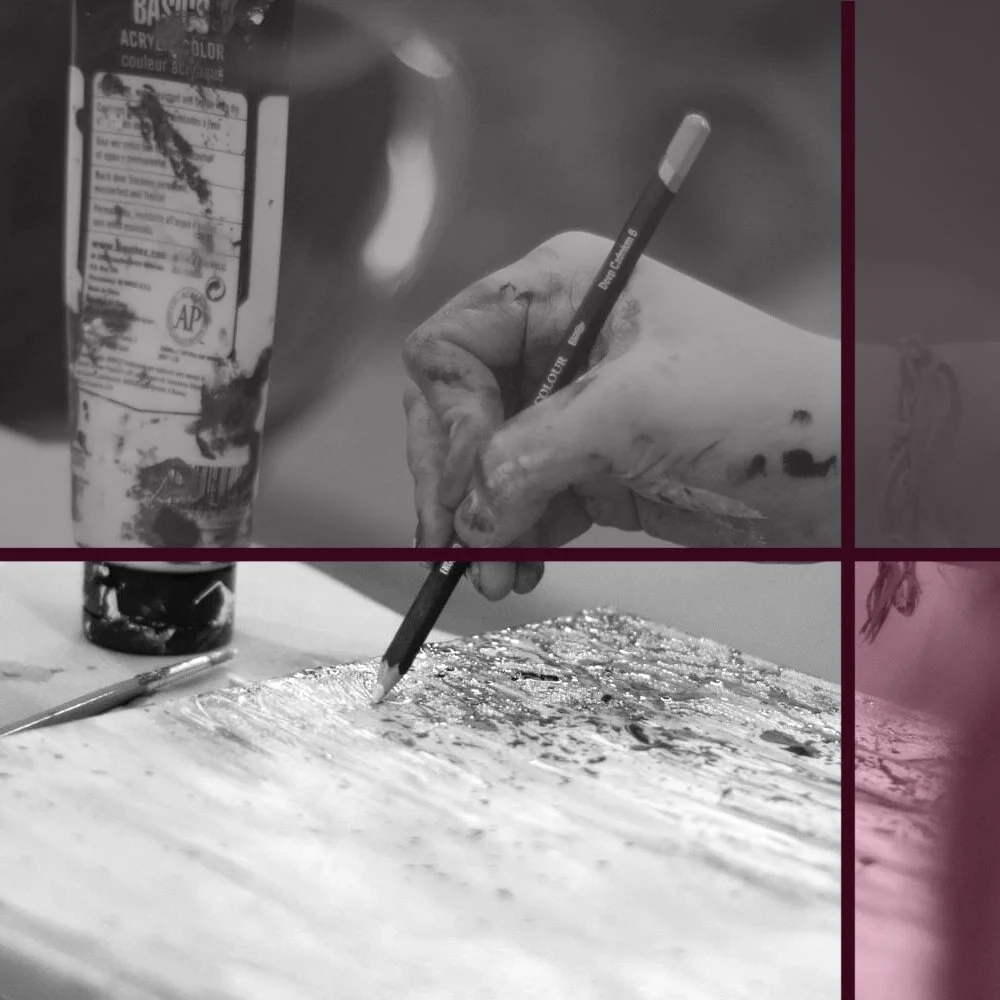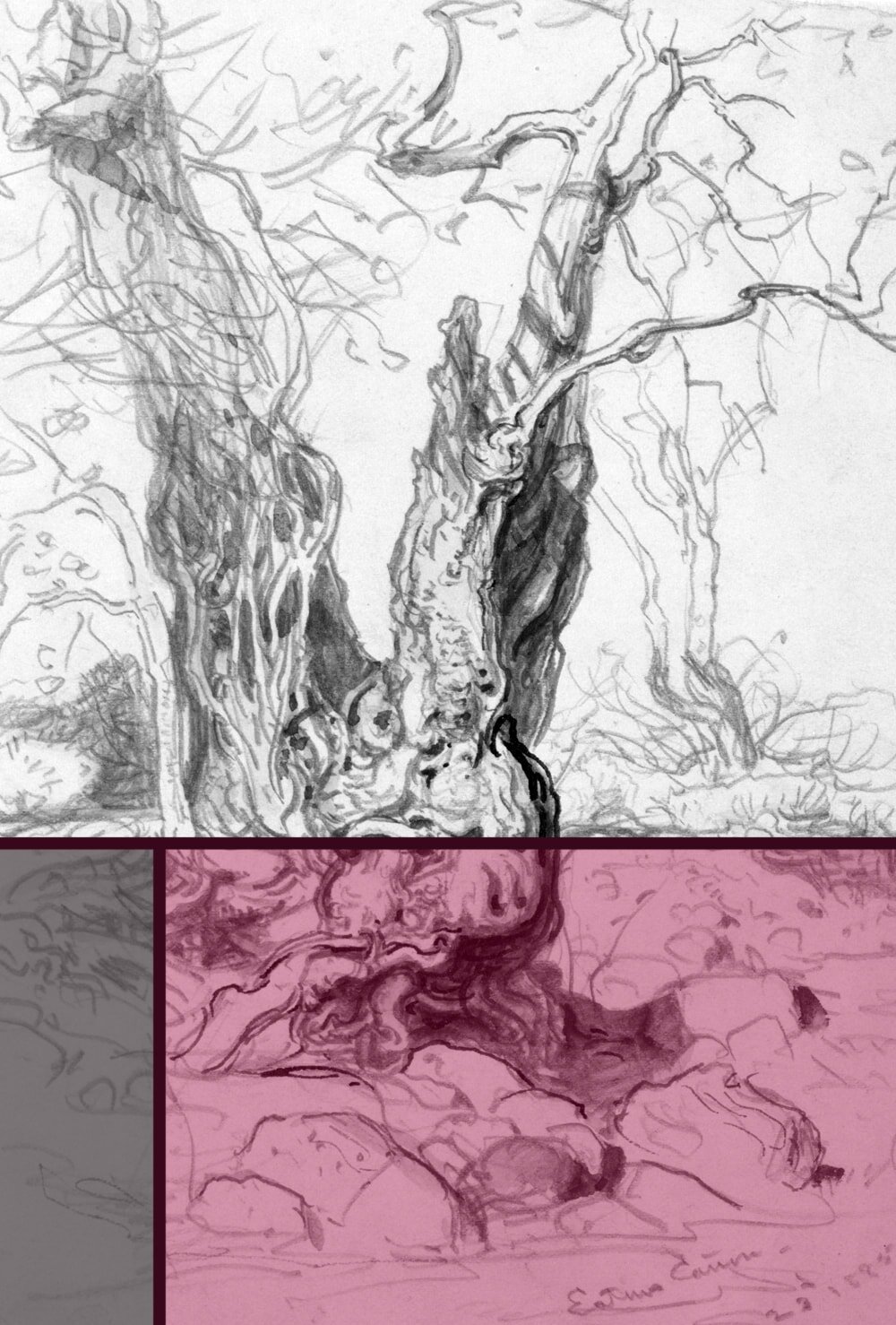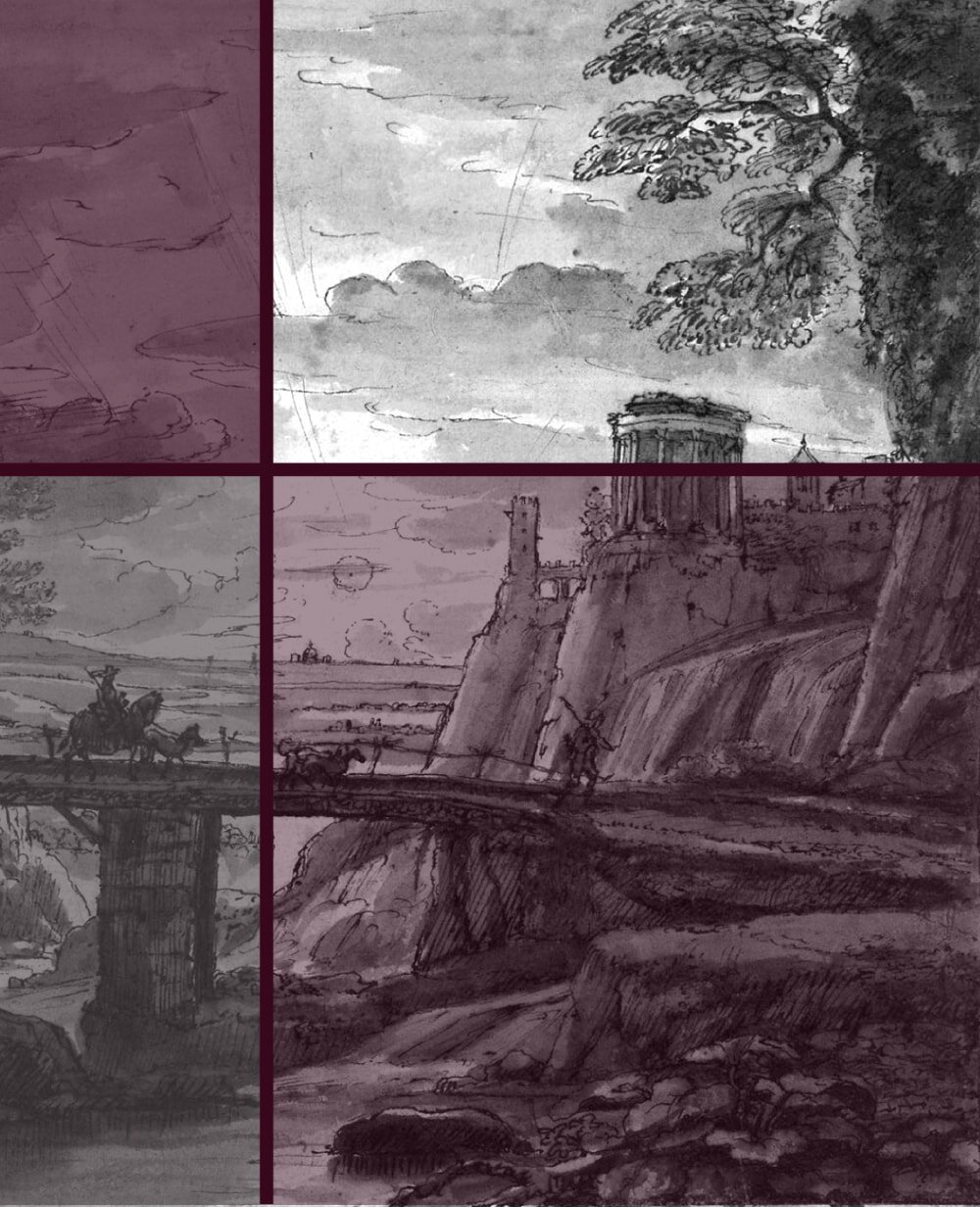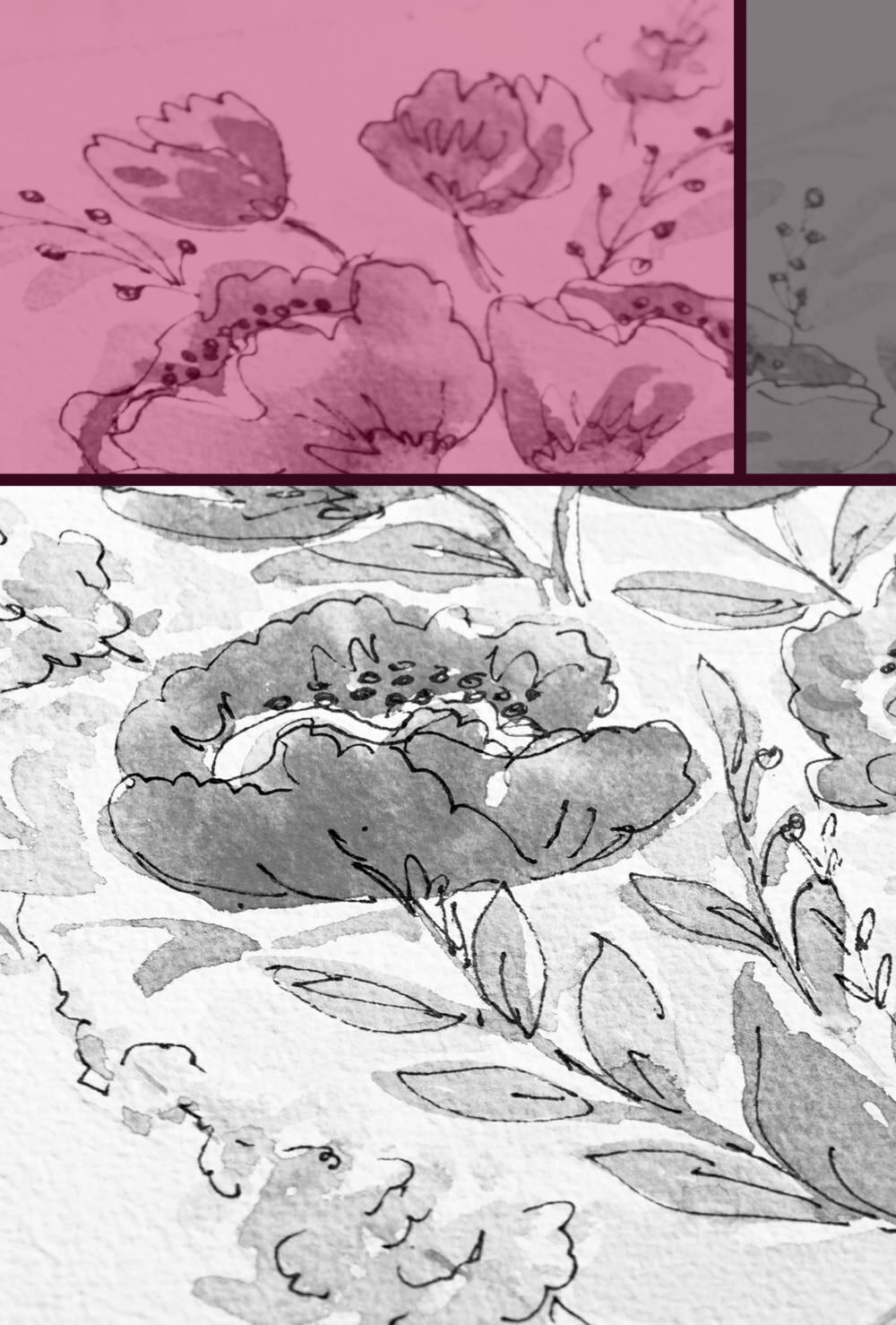5 Ways to Share your Art with the World
There are plenty of ways and reasons to share your artwork with more than just your friends and family. You can do it under your name or anonymous, online or in real life. Let’s explore a few options.
Why you should share your art
Especially for a beginner the prospect of having your artwork out there for everyone to see and judge can be incredibly scary.
Indeed, I would not recommend showing your drawings or paintings to anyone but your tutor and perhaps other beginners for the first couple of weeks.
In that phase, when you’re still wondering if this is a hobby for you, or if you’re good enough for this hobby, criticism can be more destructive than helpful.
However, a couple of weeks in, once you’ve made the first bit of progress, and gathered a little bit of confidence you should definitely consider widening your audience.
As soon as you feel ready it’s a good idea to get yourself ‘out there’ to share your art with other people.
The problem, especially with family and friends is that they’ll not want to upset you, so it’s difficult to find out what they really think. And they know you personally, which will always affect how they view your work.
Another issue is that the best critique of artwork comes from other artists. It’s only logical. But if you’re not in art college and you’re not taking an after-work class right now, chances are you’ll have less than a handful of other artists in your circle of friends, if any at all.
While your non-artsy acquaintances can surely let you know if they think something is not quite right with that new drawing of yours, they simply do not have the knowledge or experience to tell you exactly what, nor to give you advice on how to fix it.
And they’ll rarely understand the true nature of your progress, because they won’t know how difficult a drawing-related skill is to learn, and will usually either over- or underestimate the work that went into a certain piece.
Someone who doesn’t know you will probably be more honest with their critique and other artists are more likely to be able to help you improve.
If not for critique, why else would you want anyone to see your art? Well for the message of course!
Most of us draw or paint a subject to relay a certain message, or feeling, even if it’s just for ourselves. We might not even be consciously aware of it. All art, in its substance, has to do with the artist’s feelings, or the feelings that the subject awakens in the artist.
If you create a piece, something you really like, something you’re quite proud of, why not publish it and give other people the opportunity to feel what you were feeling, understand your message or come to their own conclusions?
You know that pleasure you get when you find a truly inspiring piece by another artist? Why wouldn’t you want to give others the opportunity of feeling the same about your work?
1 Galleries and other public spaces
Small, local galleries will often readily exhibit the work of newcomers. Make use of that!
The one thing that usually pops into peoples minds when thinking about art exhibits is visiting popular galleries or museums to look at the works of the big masters, like van Gogh or Pollock.
For that reason it's often not exactly the first point on one's own list of possibilities. I do doubt the Scottish National Gallery has much interest in hanging my latest sketch next to a meticulously restored da Vinci drawing.
But the famous, most visited galleries are by no means all that's out there. In any city or big-ish town you'll find hidden gems of small galleries in scruffy side streets and above pastry shops that are quite often well worth a visit.
Usually these galleries are either dedicated to one or two well-known artists who lived in or originated from that city, or they will exhibit work of various local artists, from art schools and hobbyists to professionals. Make use of that!
Because, guess what? If you live there you count. You're a local artist. So, have a walk around find out what galleries are available. Get a feel for them. See what they exhibit and where your work might fit in.
Huge touristy galleries are often not all that your town has to offer. Check for smaller, hidden placed where your work might fit right in.
Giving newcomers like you a chance to show your work is literally the purpose of these places, so no need to be scared. If you're a bit shy, see if they have a website perhaps, where you could check for more information or make contact via email first.
But what to do when you live in a rural area with no galleries around at all? No matter, there are other options.
If there are no places near you that are specifically dedicated to the arts you’ll often find that other localities “make place” for it instead. Cafés, restaurants or hotels in such areas quite frequently decorate with pieces of local artists.
Rural places without dedicated galleries often show local art in other public spaces, like hotels. It’s a matter of taste and regional pride, after all.
Especially when you have a pieces that might fit the overall style of the establishment and you see a good, free place on their wall, why not ask the owner if they’d be willing to fill it with your latest work?
Or, if you have nothing that would fit the place now, simply draw something new that would.
Have any entrepreneur friends that own a business? Whether it’s a real estate company, a restaurant or a flower shop, I’m sure they’ll be more than happy to exhibit your artwork with a little note about the artist.
2 Groups and classes
To reap the benefits of an exhibition as such you don’t always require a public space like a gallery or the local B&B around the corner.
If anything, the best audience you can hope for in regard to honest critique, praise and suggested improvements are other artists.
Local art groups and drawing classes are invaluable. If you’re taking a class in an art school there are usually final exhibitions, but even if not, you can bring some of your work with you and exchange it with the other pupils for their own.
Everyone who sees your art will be an artist themselves. They’ll remember what it’s like to be a beginner (if they’re not one themselves) and they most certainly know how much work and technique went into your art.
If you’re unsure about a piece they’ll be best qualified to tell you if you’re being paranoid or if your own critique is correct and how to fix it.
The best thing about showing your work to other artists is that no one is better qualified to value and assess your work.
See it this way: if you were a breeder of roses and you'd spent all summer breeding a new variety, whose praise or criticism would be of more use to you, that of your neighbour who likes flowers in their garden or that of a fellow breeder?
Both are valuable, for sure. The neighbour might be your target audience, but only the other breeder can see the true work that went into your creation and can use their experience to give you helpful tips and tricks.
A fabulous option to meet a variety of other artists is urban sketching.
3 Social media
For those of us who don’t have many artsy opportunities around, maybe live quite rural, or who simply prefer the sweet anonymity of the Internet there are a many good options to share your work online.
Using social media to exhibit your newest drawings is free (usually) and it’s a great way to reach the widest possible audience, local as well as international.
Pinterest is great for this, because the network has a very comfortable, collaborative feel to it. Instagram is probably the most visually attractive social media platform out there at the moment, and also uniquely qualified to showcase your work.
Facebook has groups dedicated to certain topics, such as drawing groups where members share their newest works. Other, previously more popular options include DeviantArt, Tumblr and Flickr.
Either social media platform is excellent to gather praise, and indeed criticism, from a huge variety of people, from all over the world, all age groups and levels of art knowledge.
And under the veil of anonymity it’s much easier for people to say what they actually think, so you’re more likely to get honest opinions.
However, there are some drawbacks. Because of that anonymity, people can get mean. There are haters out there, and nowhere will you meet more of them than online.
No matter how good the work you’re posting, someone out there will feel the need to give you hugely unhelpful criticism out of spite, jealousy or for no reason at all. You’ll need a thick skin if you wish to prevail with your self-confidence untouched.
If you’re exposed to harsh comments from complete strangers about your work, take a moment to consider if they might be correct in their assessment, even if it wasn’t phrased in the kindest way. If they are not, or they attack you instead of your work, try to ignore it. It’s not about you, it’s about them.
The best advice I have ever gotten from my art tutor about showing my work: “Don’t take anything personal, ever.”
Other than that, online platforms require you to be at least somewhat tech-savvy, especially if you wish to show your work in the best light possible.
It is of no help if you can create the most fabulous pieces of art if you do not know how to take good photographs of them, or how to edit these photos for use on social media later. Luckily either can be learned quite easily, so don’t despair if you’re new to it all.
4 Competitions
Competitions, even if not won, are a great way to find motivation to draw or paint.
There is something so intriguing about art competitions. They always remind me of budding writers, in Victorian England for some reason, sending out manuscripts of their first book, trying to find a publisher willing to give them a chance.
Of course, this only works if the competition is anonymous and you have no idea who else is competing, how good they might be. These competitions are a lot less stressful than open shows where your work is judged ‘live’.
The motivation in anonymous competitions lies not in the competing element or the need to be better than someone else, because you don’t know anyone else.
But what such competitions do is, hopefully, motivate you to give your best. If nothing else they’ll give you a drawing prompt, an idea to work with and create a new piece, something to work towards. You don’t even have to send it in in the end.
Art galleries often offer competitions like that, usually around a certain topic. You can have a look in art magazines, your favourite blogs or simply search on the internet.
And if you do win, or get an honourable mention or any kind, that’s great for you because it gets your work out there, is a good experience and exposure.
5 Go commercial
Selling your art on local art fairs or online is a great way to get exposure and make some extra cash.
There is nothing wrong with wanting to earn a little bit on the side with your hobby. After all, you worked hard to become better at it, why shouldn’t you get paid for the fruits of your labour?
There are various ways to sell your art. One of the most popular is of course Etsy, an online platform like Ebay, but for all things hand-made.
Personally, I absolutely adore that site. I will always rather spend a little more on Etsy and support budding artists that put a lot of love and craftsmanship into their work than buy a cheap impersonal version produced by some big company on Amazon.
You worked hard to become good at drawing or painting, why shouldn’t you earn a little extra cash with it?
You could sell framed drawings or paintings of yours, or spice it up a little by drawing on things other than paper. Christmas cards with original ideas do super well on those platforms. Or you could draw on flowerpots or even fabric.
If neither of that appeals to you, why not team up with some other crafters? If you know someone that’s selling products on Etsy that might benefit from pretty packaging, such as soap, candles, that sort of thing, you could embellish the boxes for them. For a small cut of the profits and some exposure, of course.
Another convenient way to sell your work are local art fairs. Often quite small they’re not only a great way to attract buyers that are specifically looking to buy hand-made things but also the perfect way to meet other artists and make new friends.
Be brave! Let people see what you can do. Chances are they’ll love your work as much as you (should) do.
Did you enjoy this article or feel like you have anything else to add? Feel free to leave me a comment below!
If you like this post, please share it, so others may like it too!
